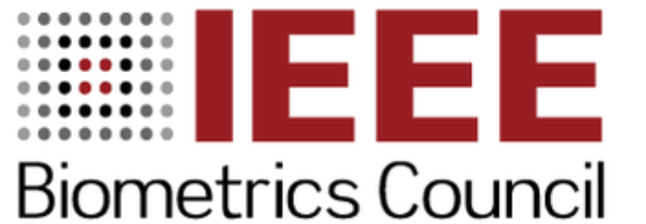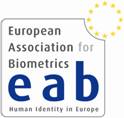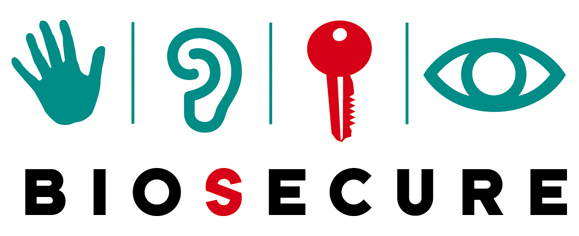|
Download: |
From Images to FeaturesProf. Josef Bigun Local directional analysis of images is the most ubiquous signal processing of the known mammalian vision. It is also known as local frequency analysis, because direction is part of frequency in 2D and higher dimensions. Directional decompositions feed nearly all other visual processing areas and subsystems, including face recognition/tracking. This means that when humans act as supervisors or operators of even other biometrics data that are images, such as fingerprints and iris, they rely on directional processing. Can computers learn from that? Yes, they do it already. Many of machine biometrics methods that rely on directional features are among the most successful, regardless the trait, e.g. face recognition, fingerprint recognition, iris recognition rely on direction analysis. In this lecture we will focus on fundamentals of directional features that are ingredients of many algorithms. Knowing the fundamentals well helps the practicioners to design algorithms focused on the essentials, as many medical practicioners will choose medicines based on active ingredients of a medicine, knowing how they act and interact. In 2-D, the earliest solutions to the problem of finding direction of an image patch, consist in projecting the image onto a number of fixed orthogonal functions. The thus obtained projection coefficients are used to derive the orientation parameter of the model. When the used number of filters is increased, the local image is described increasingly better but the inverse mapping of the projections to an optimal direction increases in complexity rapidly. Here we will take a different approach. We will work with models of iso-curves of images rather than gray-values using, among others, tensor fields. The concept offers analysis and tools for Gabor filtering, structure tensor filtering, Generalized Hough Transforms, Histograms of Gradients (SIFT descriptors), Corner detection, Orientation maps which all use directional features as their active ingredients. Examples illustrating a unified approach to directional features will be detailed. |



 


 |